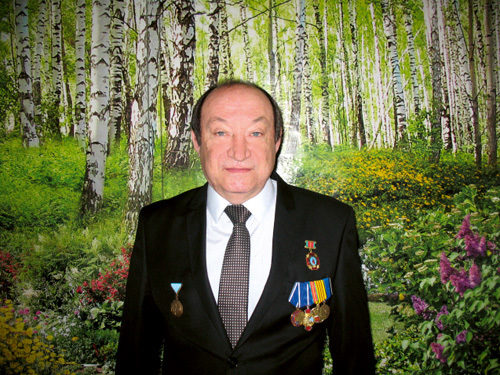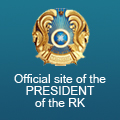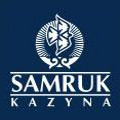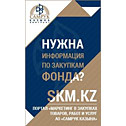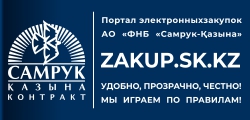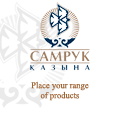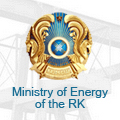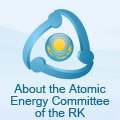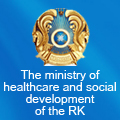Responder
On April 26, exactly 34 years ago, an explosion occurred at Chernobyl Nuclear Power Plant. Responders from all USSR republics arrived to deal with the consequences of the accident. On May 11, 1986, Yefim Slavskyi, the Minister of Medium Machine Building, signed an order to send specialists from the Ministry of Medium Machine Building to Chernobyl.
More than 100 employees went from UMP. They were people of different professions: installation fitters, builders, dosimetrists, drivers, electricians, public catering workers. They worked with full dedication and coped with the task with honor.
Now, 15 responders work at the plant. Nikolay Nedosekov is one of them, Chief of Radiation Safety Group of Test Center (TC).
– Nikolay Nikolayevich, how did your work at the Plant start?
– I have been working at UMP since March 1981. Here, I did practical training from Tomsk Polytechnic Institute, where I also wrote and defended my thesis. I worked as a laboratory assistant, production engineer and later, as a dosimetric engineer.
– How old were you when you were sent to Chernobyl Nuclear Power Plant?
– I was 29 years old. At that time, I was already married and had two daughters.
– Do you remember those events well?
– Yes! The first drivers were sent to respond the accident in June. The dosimetrists received the order to go there in September. Two engineer-dosimetrists went there – Sergey Velikanov and myself, three dosimetrists – Andrey Korshev, Sergey Mehnin (now he also works in TC) and Vasiliy Reshetnikov. We stayed there for two months, from October till November.
– What was your job task there?
– At that time, the reactor was being sheltered from four sides: the first area was from the main circulation pump (the most destroyed area), the second area was from the deaerator stack, the third area was from the machine workshop, the sixth area was from inside the block. I was a Chief of Dosimetric Control Department (DC) of the first area, then of the combined first and second areas. After the November holidays, there was staff reduction, and I became a Chief of DC department of the united first, second and third areas.
My duties included conducting operational dose control, determining dose rates of gamma radiation in the workplaces and working hours in order to ensure that the staff did not exceed the daily dose of radiation. I also supervised control of personnel dose accumulation by «dosimeters/pencils» and replacement of accumulative dosimeters when certain dose levels were accumulated. We worked 24 hours seven days a week.
– Nikolay Nikolaevich, tell us more about the measurements.
– «Pencils» were the dosimeters based on operation of ionization chambers used to measure shift radiation dose of personnel. DPG-02, a dosimeter (thermoluminescent accumulative dosimeter) was provided to personnel for permanent wear. Each shift had a log with a list of personnel, which summed up the shift dose. When control levels were obtained, or the «pencil» went off the scale, DPG dosimeter was taken back to measure the dose. In return, another one was provided. During the whle period of work, the staff should not have received a dose more than 25 P (X-ray). Daily (shift) dose was no more than 1 P. When a dose 20 P was reached, the staff was brought to 25 P by «pencils», after which they were removed from work at the plant.
There was an external (household) DC department and IDC department (individual dose control). The external department was engaged in monitoring cleanliness of workwear at the entrance to the canteen and dsimetric control in 30-kilometer zone outside the palnt. IDC department controlled measurements of DPG dosimeters and kept individual cards of the accounting of doses.
– How was the everyday life organized?
– People lived in a pioneer camp 100 km away from the plant, two hours by bus to Chernobyl. We got up at 6 am. We washed outside, then,there was breakfast. The meals were three times a day, there were coupons, the food was good but everything was flat. We got on a bus at 7: 00 a.m. Buses were special: for shifts, for departments, there were also regular buses that went to the bus station in Chernobyl. At 9.00 a.m. we arrived in Chernobyl to the school where the administration of DC department, IDC department and samplers, warehouse, the instrumentation department were located.
– What consequences did you experience upon your return?
– It's like in a textbook. There was a severe deterioration of immune system. Well, now I haven't been sick for 20 years.
– Nikolay Nikolaevich, do you keep in touch with other responders now?
– Yes, I try to support them. But, unfortunately, many of them are no longer alive.
Next year, Nikolay Nikolaevich will celebrate his labor anniversary, 40 years of work at Ulba Metallurgical Plant. We wish a unique person not to lose his perseverance and enthusiasm, constantly find new strength and inspiration and never forget about his dreams!
In total, 526,250 people took part in elimination of consequences of the accident. More than 32,000 are from Kazakhstan. More than 3,000 people were from East Kazakhstan.
The only museum in the country dedicated to the memory of Chernobyl victims is located in Semey. In 2006, a monument was erected in Pavlodar as a symbol of courage and heroism shown by Chernobyl victims.
PLANT EMPLOYEES – RESPONDERS
Pavel Viktrovisch Kashperko– Tantalum Operations (TO)
Alexander Vasilyevich Bogachenko-Workshop «V», Uranium Operations (UO)
Sergey Dmitrievich Cheusov– Beryllium Operations (BO)
Alexander Nikolaevich Klimenko – Test Center (TC)
Nikolay Nikolaevich Nedosekov – Test Center (TC)
Viktor Fedorovich Semyonov – Chief Metrologist Department
Sergey Geoorgevich Shmurygin– Energy Centre
Sergey Nikolaevich Nezvanov – Energy Centre
Pyotr Stepanovich Lyapunov-Workshop «R», Uranium Operations (UO)
Vyacheslav Yurievich Kuznetsov– Beryllium Operations (BO)
Vyacheslav Aleksandrovich Prishepkin– Division No.3, Tantalum Operations (TO)
Sergey Mikhailovich Mehnin– Test Center (TC)
Yuri Nikolayevich Rybenkov – Car Fleet (CF)
Viktor Mikhailovich Pavlov-Concentrating Plant
Leonid Nikolayevich Orlov – Test Center (TC)
